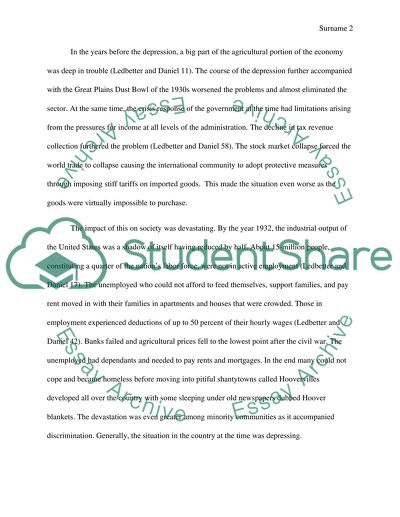Cite this document
(“The Great Depression Essay Example | Topics and Well Written Essays - 1000 words - 1”, n.d.)
Retrieved from https://studentshare.org/history/1489798-the-great-depression
Retrieved from https://studentshare.org/history/1489798-the-great-depression
(The Great Depression Essay Example | Topics and Well Written Essays - 1000 Words - 1)
https://studentshare.org/history/1489798-the-great-depression.
https://studentshare.org/history/1489798-the-great-depression.
“The Great Depression Essay Example | Topics and Well Written Essays - 1000 Words - 1”, n.d. https://studentshare.org/history/1489798-the-great-depression.


